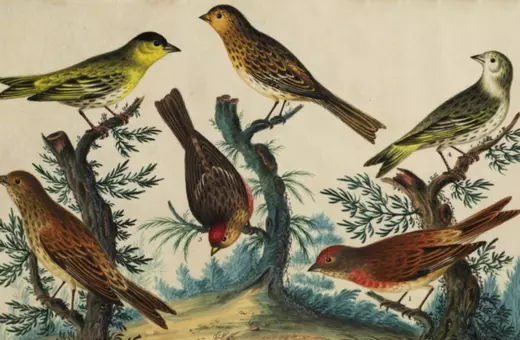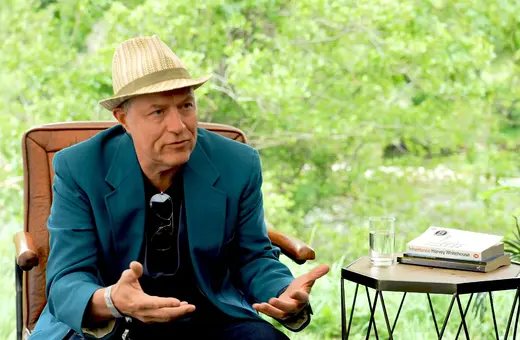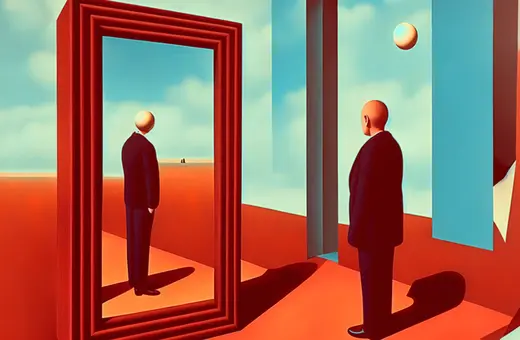While human enhancement has little mainstream scientific support, gene-editing to eliminate diseases from human populations is a vision many share. Now, following breakthrough technologies and the shocking case of He Jiankui editing the germ-line of two human girls, the editing of heritable human cells has appeared on the horizon whether we like it or not. What will the dream of human gene editing deliver? Sahotra Sarka, author of 'Cut-and-Paste Genetics', weighs up the credibility and safety of the new science of the CRISPR revolution.
In Hong Kong in November 2018, immediately before the start of the International Summit on Human Genome Editing, Chinese biologist He Jiankui stunned the world by announcing that he had successfully edited the germ-line of two little girls born earlier in the month. The girls were daughters of HIV-positive fathers, and He had used CRISPR-based techniques to edit their CCR5 gene, the typical version of which was believed to enhance susceptibility to HIV infection. These CRISPR-based techniques, first introduced in 2012, are the simplest, cheapest, most accurate, and most flexible methods that have ever been developed to edit genes, whether they be in ordinary (somatic) cells or the reproductive (germ-line) cells of any organism including humans. CRISPR-based gene editing is so simple that it can be done in a basement or garage. DIY kits cost less than US$ 200 and can be bought online. [1]
As far as is publicly known, He Jiankui was the first person to carry out human germ-line editing and bring the embryos to full term. He had carried out his project openly, discussing his plans with colleagues including his former PhD advisor, Michael Deem of Rice University as well as prominent Stanford bioethicist, William Hurlbut. These colleagues would later claim that they had tried to dissuade He but there is little evidence that suggests that they tried very hard.
Nevertheless, He’s announcement generated a well-orchestrated firestorm of condemnation. The December 18 (2018) issue of Science ran an editorial by Victor J. Dzau, President of the U.S. National Academy of Medicine, Marcia McNutt, President of the U.S. National Academy of Sciences, and Chunli Bai, President of the Chinese Academy of Sciences that urged “international academies to quickly convene international experts and stakeholders to produce an expedited report that will inform the development of . . . criteria and standards to which all genome editing in human embryos for reproductive purposes must conform.” According to them our ability to edit the human germ-line “has outpaced nascent efforts by the scientific and medical communities to confront the complex ethical and governance issues that they raise.” [2] The three Presidents were unequivocal in condemning He: “To maintain the public’s trust that someday genome editing will be able to treat or prevent disease, the research community needs to take steps now to demonstrate that this new tool can be applied with competence, integrity, and benevolence. . . . [T]he case presented in Hong Kong might have failed on all counts.”





















Join the conversation